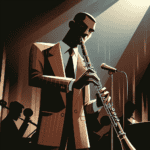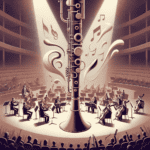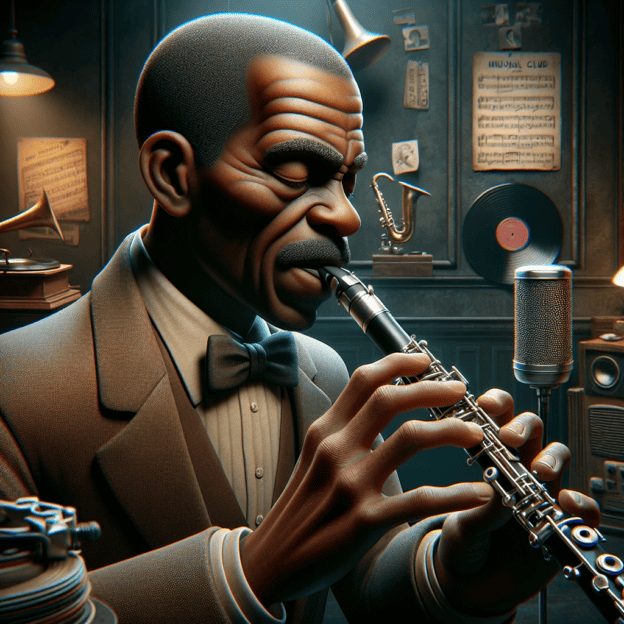Eric Dolphy: Jazz Innovator and Multi-Instrumentalist
Eric Dolphy, a name that rings with musical excellence, pushed the boundaries of jazz. He was a multi-instrumentalist who excelled in saxophones, bass clarinets, and flutes. However, his work with the clarinet has a unique allure that still inspires musicians today. Among all the instruments Dolphy played, the clarinet was his personal favorite—a tool that spoke the deepest jazz language.
Understanding Dolphy's music means experiencing his special mix of heartfelt expression and skillful playing. He played unlike anyone else, creating complex melodies that seemed to float in the air. Each note he played showed off his incredible talent, with his clarinet telling stories richer than the most decadent dessert. He could pull haunting tunes from the clarinet, each note hanging in the air like an unanswered question.
Dolphy's Unique Style
His remarkable style combined both technique and gut feeling. Many ask, how did he do it? Dolphy loved improvisation. It was as if he enjoyed walking a musical tightrope without any safety, relying on his instincts to guide him through each part of the song.
| Instrument | Dolphy's Approach |
|---|---|
| Clarinet | Personal diary, deep jazz expression |
| Saxophone | Soaring melodies, technical prowess |
| Bass Clarinet | Innovative use, extended range |
| Flute | Ethereal sounds, expressive dynamics |
Emulating Dolphy's Technique
Imagine stepping into Dolphy's shoes. He played with top-quality instruments, similar to those made by Martin Freres today, which helped create his unique sound. Players trying to copy Dolphy's style often begin by working on their embouchure comfort and airflow—key parts of his technique that allowed for expressive dynamics and the ability to move smoothly across the instrument's range. It's like a dance you practice over and over.
Dolphy's music often had elements that were both fun and difficult, like a musical game of hopscotch. Many clarinet players try to capture his style by recording and listening to his works many times, learning the little details like a passionate chef trying to recreate a family's secret recipe.
Mastering Dolphy's Sound
Learning to play like Dolphy means being adventurous with your music. He didn't just play the clarinet; he had a conversation with it. When he played with different bands during the bebop era, he moved away from typical jazz patterns, like an artist chipping away at a block of stone to reveal something wild and unexpected.
For those who want to play like him, using modern breathing techniques can help with better control, making it easier to hit those high notes. Some clarinet players use the extended breathing techniques that Dolphy might have used to get those airy, yet strong sounds.
Dolphy's Lasting Legacy
Following in Eric Dolphy's footsteps means going on a journey through jazz and deep into its soul. The beauty is in how challenging it is. With a clarinet, curiosity, and the techniques that Martin Freres develops today, a musician might just get a taste of Dolphy's genius, carrying it forward into the future, one note at a time.







